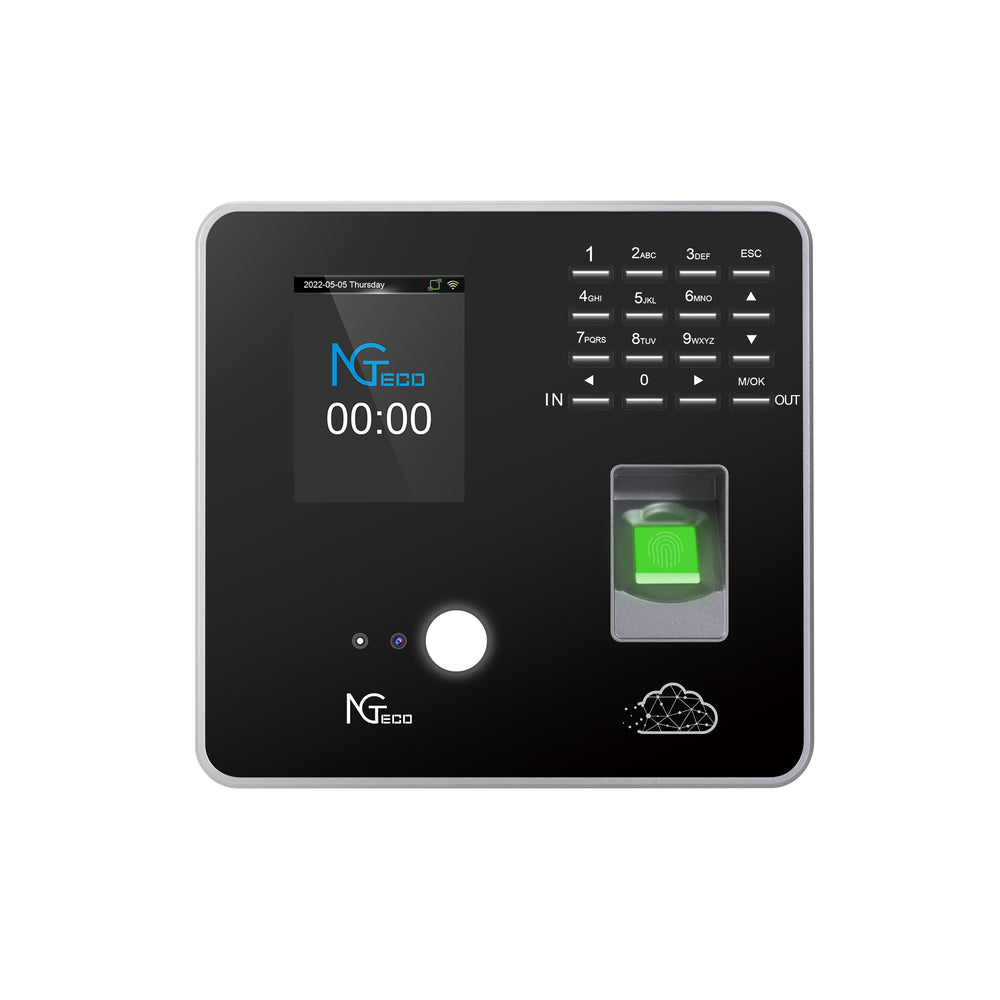Unlocking the Secrets of GPS Tracking: Transform Your Workforce Management Today!
In today's fast-paced business environment, ensuring accurate timekeeping is more crucial than ever. Enter GPS tracking in time clocks, a revolutionary technology that not only helps businesses manage their workforce efficiently but also enhances accountability and productivity. GPS technology allows employers to track their employees' locations and work hours accurately, providing a comprehensive view of attendance and time management. As we delve into the benefits and functionality of GPS-enabled time clocks, we will discover how this technology can transform workforce management and bring about significant improvements in operational efficiency.

Understanding GPS Tracking in Time Clocks
GPS tracking in time clocks utilizes a network of satellites to determine the precise location of a device. The technology works by receiving signals from multiple satellites and triangulating the exact position of the GPS receiver. When integrated with timekeeping systems, GPS-enabled time clocks collect data on employees' clock-in and clock-out times along with their geographical locations. This data is then transmitted to a central server, where it can be analyzed for attendance tracking and payroll processing. The seamless integration of GPS technology into timekeeping systems ensures that businesses can maintain accurate records, thereby reducing discrepancies and errors associated with traditional timekeeping methods.
How GPS Technology Integrates with Time Clocks
GPS time clocks consist of both hardware and software components that work together to track employee time and location effectively. The hardware typically includes GPS receivers, mobile devices, or tablets equipped with GPS capabilities. Employees can clock in and out using these devices, which automatically capture their location data at the time of clocking. On the software side, specialized applications process and store this data, providing managers with real-time insights into employee attendance. Mobile apps further enable employees to check their schedules, request time off, and view their time records, making the entire process more streamlined and user-friendly.
Advantages of GPS Tracking for Workforce Management
Implementing GPS tracking in workforce management offers numerous advantages. One of the most significant benefits is the improvement in accuracy. Traditional timekeeping methods, such as manual punch cards, are prone to errors and manipulation. With GPS tracking, employers can ensure that employees are clocking in and out at the correct locations, providing an accurate reflection of their work hours. Furthermore, this technology enhances accountability; employees are more likely to adhere to their schedules when they know their locations are being monitored. Additionally, the efficiency of payroll processing improves, as GPS data can be directly integrated into payroll systems, reducing administrative tasks and minimizing the risk of human error.
Enhanced Accountability and Reduced Time Fraud
Time fraud is a pervasive issue in many organizations, where employees might clock in for a colleague or manipulate their hours. GPS tracking mitigates these risks by providing a reliable method for verifying employee attendance. For instance, a friend of mine who manages a construction crew implemented GPS tracking after noticing discrepancies in time sheets. Since the introduction of GPS-enabled time clocks, he has seen a significant reduction in time fraud, as employees are now aware that their locations are being tracked. This technology not only deters dishonest behavior but also fosters a culture of accountability, encouraging employees to take ownership of their work hours.
Implementing GPS Tracking in Your Organization
To successfully implement GPS tracking in your organization, several considerations should be taken into account. First, it's essential to choose a robust GPS time clock solution that fits your business needs. Evaluate the software and hardware options available and ensure they integrate seamlessly with your existing systems. Additionally, consider the legal implications and privacy concerns associated with tracking employee locations. It's crucial to communicate the benefits of GPS tracking to your employees and obtain their consent. Training sessions can also be helpful to familiarize everyone with the new system and address any concerns. Finally, regularly assess the effectiveness of the GPS tracking system and make adjustments as necessary to optimize its use in your workforce management processes.
Embracing GPS Tracking for Enhanced Workforce Management
In summary, GPS tracking in time clocks represents a significant advancement in workforce management. By providing accurate timekeeping and enhancing accountability, this technology not only streamlines payroll processes but also fosters a culture of responsibility among employees. As businesses continue to evolve in a competitive landscape, embracing GPS tracking can lead to improved efficiency and productivity. Consider the implementation of GPS-enabled time clocks in your organization to unlock the full potential of your workforce and ensure effective management in the modern age.








